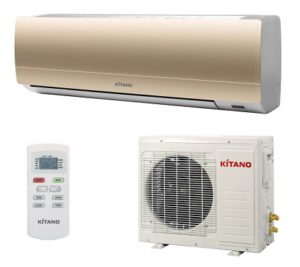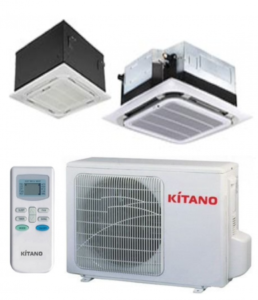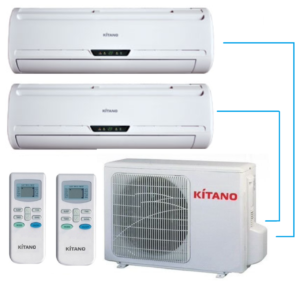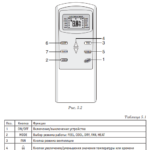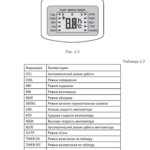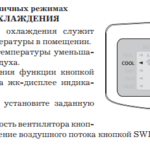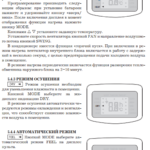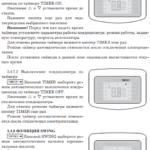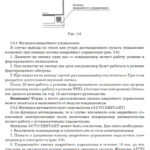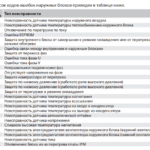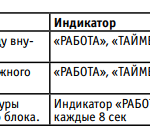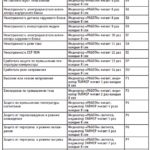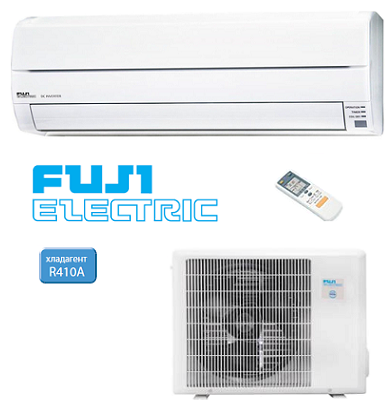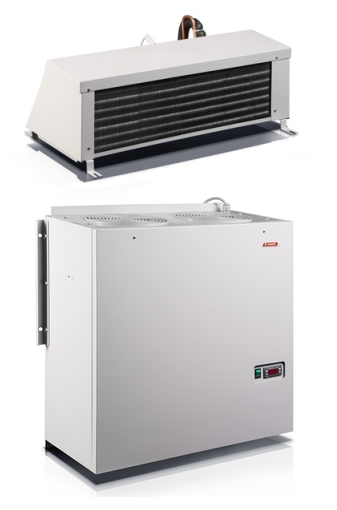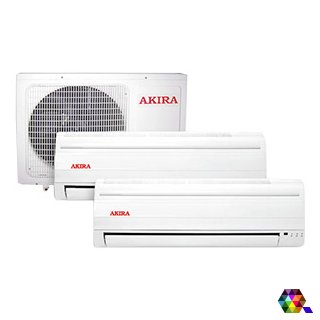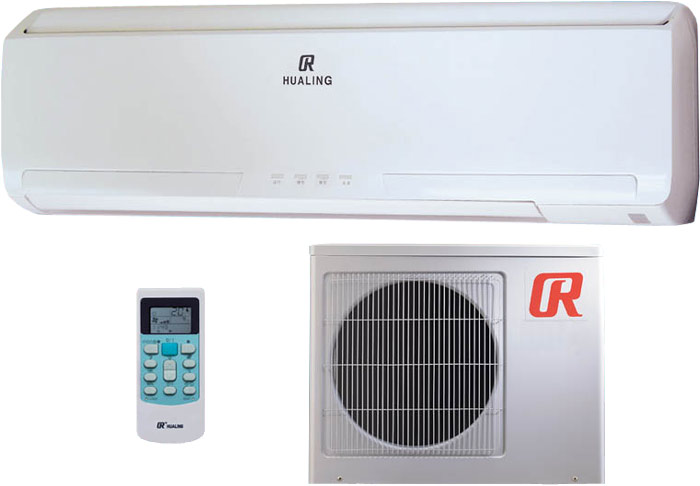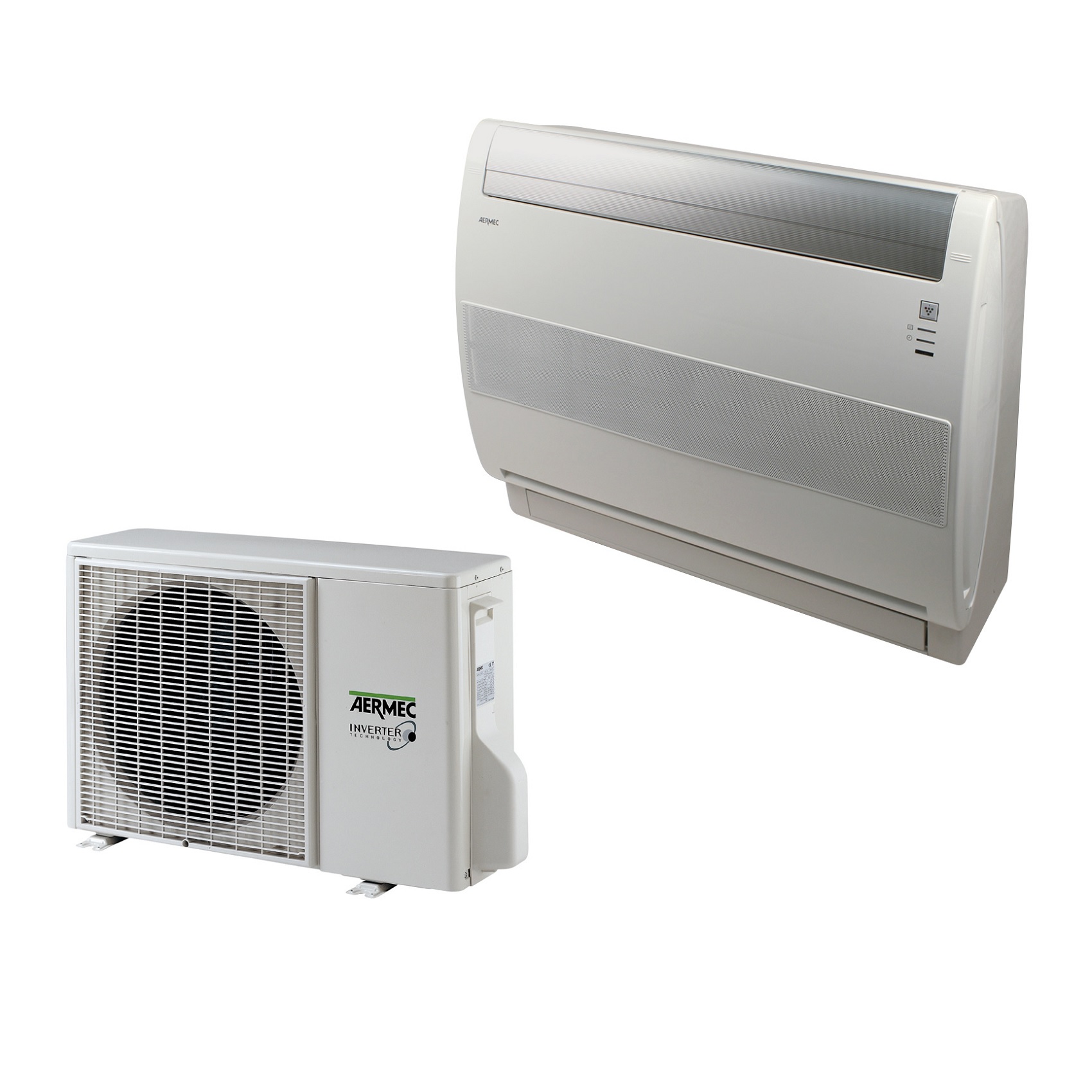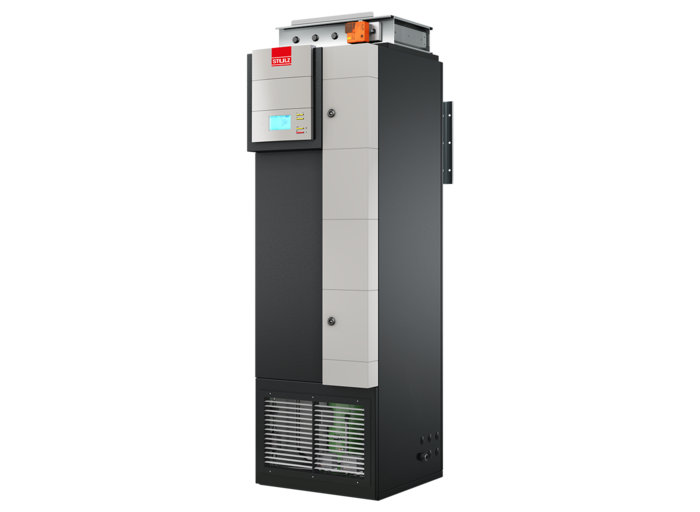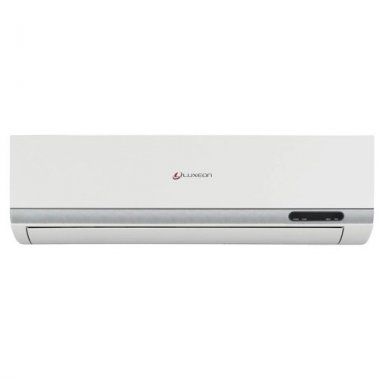Kitano is a rather legendary name for the land of the "rising sun". It was it that was chosen as the name of the brand of climate technology. From the same marketing considerations, the motto was born: "The indisputable Japanese quality of climatic technology at an economically favorable price for the consumer" ...
You cannot buy any KITANO climatic equipment in Japan. It is not released or sold there. And there are quite a lot of companies with this name in Japan, but it was not possible to find one that produces air conditioners. On various resources on the Internet, it is found that the company was founded in 1982, either in Osaka, or in Tokyo. The company does not have an official website, which already prompts certain thoughts. Also, it will not be possible to find any research center, although it is claimed to exist. Since the history of the company is another fairy tale about the "Japanese Cinderella" (a hardworking boy who has accumulated rich life experience in assembling refrigerators at one of the Japanese factories, which later allowed him to create a huge corporation), it is difficult to say where the equipment developers and company management are located ... Now about what is.
The manufacturer is focused on releasing products exclusively for the international market. The main sales markets: the Baltic countries, the Black Sea countries, the countries of North Africa, the CIS countries (since 2010 - 2011, it has been included in the official sales area of Russia).
The bulk of the equipment is manufactured in China. Some of the equipment is possibly produced at factories in Thailand, Malaysia and India. But such equipment is not exported to Russia. A specific copy can be produced at any Chinese plant, there is no exact localization of assemblies and manufactured components.
Main product line
- household air cooling systems (split system, multi split system);
- semi-industrial air conditioners (cassette, duct, column, floor-ceiling, multi-zone);
- industrial cooling air equipment (chillers, fan coil units, compressor-condensing units, rooftop air conditioners);
- heat pumps.
With the exception of heat pumps, the brand is focused on the production of cooling equipment. The technique is positioned for both warm and hot climates. Household air conditioners prevail in the line of manufactured cooling systems.
The company declares a special "Japanese" quality control of products at a "Chinese" price. There are no differences in quality from their Chinese counterparts. This is still the same technique in the middle and lower price segment. However, there is no overpayment for the brand either, the cost is comparable (see reviews on Kitano air conditioners).
Industrial systems for equipping
The complete set includes universal external cooling units and various internal elements. Several indoor units can be connected to one outdoor unit. The internal elements themselves can be of various types. For example, the Nikko floor version installed in one room without a false ceiling and the Montaro cassette version in the adjacent false ceiling.
Restrictions here on the correspondence of the total capacity of indoor and outdoor units, compatibility of various equipment. A part of semi-industrial equipment for dual use in terms of compatibility, i.e. can work both in the industrial and in the household segment.
Series of wall-mounted split systems
- Asagiri II... Produced since 2015. Serviced area - from 10 to 70 sq.m. Classic start-stop compressor control scheme. Noise level - from 32 to 48 dB;
- Asagiri II Plus... Improved previous series. Reduced power consumption and noise levels. Serviced area - from 10 to 70 sq.m. Noise level - from 24 to 38 dB;
- Toya inverter... Inverter compressor control circuit. Cooling area - from 20 to 60 sq.m. The noise level of the indoor unit is from 26 to 50 dB;
- Kappa... Classic no-frills design, budget model. Refrigerated area - from 15 to 70 sq.m. The noise level of the indoor unit is 32 - 48 dB;
- Arare II... Differs in increased accuracy of maintaining the set temperature - deviation 0.2 ° C. Inverter compressor control. Cooling area - from 20 to 70 sq.m. The noise level of the indoor unit is 33 - 47 dB;
- Akebono... The series is produced with two types of control - compressor and inverter. The type of control for a particular instance must be specified upon purchase. Differs in improved external design. Serviced area - from 15 to 50 sq.m. Noise level 32 - 48 dB.
Discontinued series can also be found: Akira, Asagiri, Arare, Akina. The series is in most cases similar to the current products. Fully compatible in components and assemblies. The difference may be in the worst performance, design.
All series operate in four modes: cooling, ventilation, dehumidification, heating. Additional modes:
- warm (hot) start. In heating mode, the supply of cold air from the street is excluded;
- night mode (with reduced noise);
- turbo (accelerated cooling).
All models have a remote control.
Comparative characteristics of models
| Model | KC Nikko 60 | KR- Kappa-07 | KR-Kappa-09 |
| Power consumption (cold / heat), W. | 6560/6970 | 656/597 | 812/765 |
| Cools the area up to, sq.m. | up to 170 | 15 – 20 | 20 – 25 |
| Working range during cooling, ºС | -7 – +48 | -24 – +35 | -24 – +35 |
| Working range with heating, ºС | -7 – +24 | -6 – +7 | -6 – +7 |
| Indoor unit noise level, dB | 52 | 32 – 36 | 32 – 36 |
| Block weight (internal / external), kg | 65/106 | 6,5/23 | 6,5/23,5 |
| Refrigerant type | R410A | R410A | R410A |
| Estimated cost, rub. | 120 000 – 140 000 | 11 000 – 13 000 | 13 500 – 15 500 |
In the model series of air conditioners, there may be different included types. Therefore, before purchasing, you must consult a specialist. The data shown may not correspond to the specific product.
Instructions for the Kitano control panel and air conditioners
The instruction includes a description of the operation of the equipment, error codes for air conditioners. It also gives a recommendation on how the air conditioner should be installed. You can turn on the equipment only after complete installation. The most convenient way to control the equipment is from the remote control.
Models even within the same series can have significant differences. Applying instructions from one instance to another is not recommended. The main points may be the same, but some important features differ. As a result, it can lead to equipment failure.
Kitano air conditioner error codes
The remote control for the air conditioner is also a display for outputting error codes. The code number of malfunctions is also duplicated on the indicator of the indoor unit and / or LED indicators of operating modes. Usually these are indicators "work", "timer". They flash at regular intervals, indicating that the air conditioner is defective. The instruction describes each situation.
It is strongly not recommended to repair the air conditioner yourself.
User reviews
We reviewed Kitano air conditioners. Reviews about this "Japanese" are generally positive.
Of the negative reviews, many note the discrepancy between the "Japanese brand". Or they do not control the assembly of the product. The build level of an ordinary Chinese, consumer-grade air conditioner.At first glance, minor imperfections in different places generally spoil the overall impression: the quality of the plastic, insufficient sound insulation of the external block.
The equipment copes well with the basic functions. In the heat, it cools the room quickly enough. And in the autumn, until the heating mains are turned on, it can heat up. For economy class air conditioners, this is quality equipment. Nice appearance. Simplicity of operation is also noted.
Summing up: if you do not pay attention to the "Japaneseized" brand, then the technique is on a par with the high-quality Chinese technique of the lower and middle segment.

